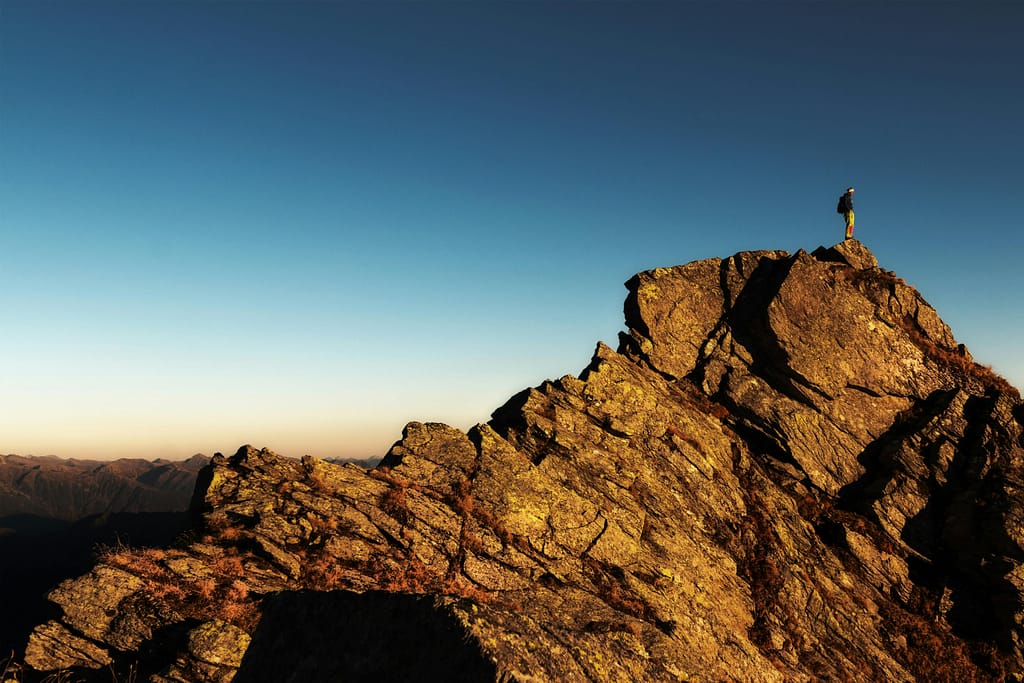Embarking on your first mountaineering expedition is an exciting and challenging goal.
Whether you’re setting your sights on a classic peak like Rainier, Kilimanjaro, or even the Himalayas, preparation is key to success.
With six months to a year before your expedition, now is the time to build endurance, strength, and technical skills.
As someone who has summited Everest and tackled some of the world’s most demanding climbs, I’ll take you through a structured training plan to get you expedition-ready.

How to Train for Your First Mountaineering Expedition
Build a Strong Aerobic Base
Mountaineering is an endurance sport. Long days of hiking at altitude require a well-developed aerobic system to efficiently use O2 and sustain your energy.
Aerobic Training Plan:
Hiking with a weighted pack (3–5x per week):
- Start with a 20–30 lb (9–14 kg) pack and gradually increase the weight.
- Aim for 2–4 hours of hiking on varied terrain.
- If you don’t have mountains nearby, use a treadmill with a steep incline (10–15%) or staircases.
Running (2–3x per week):
- Incorporate long, steady runs (5–10 miles) to improve endurance.
- Add interval training (e.g., sprinting for 1 minute, jogging for 2 minutes) to simulate the bursts of effort needed on steep ascents.
Cycling and Swimming (optional, 1–2x per week):
- Great for low-impact cardio training and recovery days.
Develop Strength for Climbing and Carrying a Pack
You’ll be hauling a heavy pack over rough terrain for hours at a time. Your legs, core, and upper all need to be strong enough to handle the load.
Strength Training Plan (2–3x per week):
Legs::
- Step-ups (3 sets of 15 per leg) – Mimics climbing steep terrain. Do this with a weighted backpack.
- Squats (3 sets of 12) – Strengthens quads, glutes, and hamstrings for steep ascents.
- Lunges (3 sets of 12 per leg) – Improves balance and leg endurance.
Core Stability:
- Planks (3 x 1-minute holds) – Essential for carrying a heavy pack and maintaining balance.
- Russian Twists (3 sets of 20) – Good for stability on uneven terrain.
- Leg Raises (3 sets of 15) – Strengthens lower abdominals for sustained effort.
Upper & Grip Strength:
- Pull-ups (3 sets of 5–10) – Essential for using an ice axe, climbing ladders, or scrambling.
- Deadlifts (3 sets of 8) – Builds strength for carrying a pack.
Practice Altitude Acclimatization
Training at altitude is ideal, but if you don’t live in the mountains, you can simulate some of the effects:
- Train in a high-altitude gym (if available).
- Use an elevation mask to restrict airflow and simulate lower O2 levels.
- Sleep in a hypoxic tent to adapt before the expedition.
- Take weekend getaways to higher elevations and hike or camp above 8,000 feet whenever possible.
Technical Skills & Rope Work
If your climb involves glacier travel, rock scrambling, or ice climbing, you’ll need technical skills. Enroll in a mountaineering course or practice these skills regularly:
- Crampon and ice axe techniques – Learn how to hike, climb, and self-arrest.
- Rope handling – Learn knots, belaying, and crevasse rescue.
- Scrambling and rock climbing – Improve confidence on exposed terrain.
Mental & Recovery Training
Mountaineering is as much mental as physical. Train your mind with:
- Cold exposure – Take ice baths or winter hikes to get comfortable in harsh conditions.
- Meditation and breathing exercises – Techniques like the Wim Hof Method improve focus and O2 efficiency.
- Endurance challenges – Push through fatigue on long hikes to develop mental resilience.
Final Thoughts
Training for a mountaineering expedition requires dedication, but with a structured plan, you’ll arrive at base camp strong, confident, and ready to summit.
Focus on building endurance, strength, altitude adaptation, technical skills, and mental toughness. The mountains demand respect and preparation—start training now, and you’ll set yourself up for success on summit day.
Leave a Reply